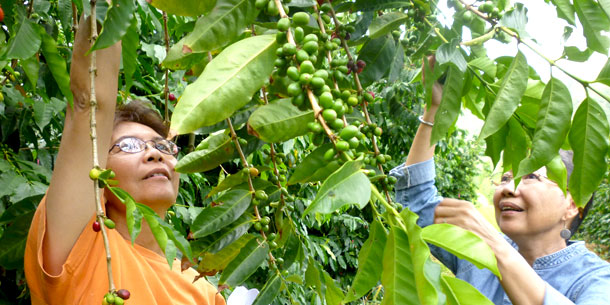

Have you eaten a papala, pipicha or bitter ball? Thanks to a growing population of immigrant farmers bringing the techniques and products of their native lands to Hawaiʻi you might find these in your local farmers market. But while there’s much that these growers know, aspects farming in a different country, climate and economy can be confusing and even daunting.
A program developed by the University of Hawaiʻi at Mānoa’s College of Tropical Agriculture and Human Resources aids Southeast Asian farmers whose small acreage, remote locations and limited English language skills may make it difficult for them to connect with Hawaiʻi growers.
So many of the Local Immigrant Farmer Education Program’s materials and workshops are translated into the languages of the intended readers.
At LIFE’s core is the one-on-one interaction provided by agents who meet with individual farmers to diagnose any problems with their crops or soil. Participants have also learned how to deal with small business taxes and combat insecticide resistance.
The LIFE program is increasing the bounty of what different cultures can bring to Hawaiʻi’s table.
Adapted from an Impact story by Frederika Bain on the College of Tropical Agriculture and Human Resources website.

